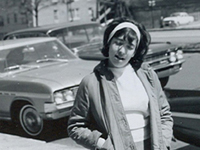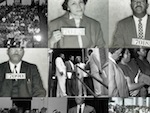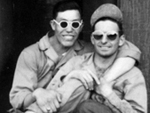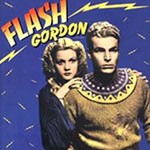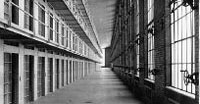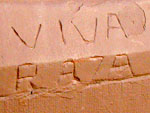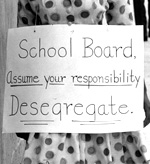Hurricane Digital Memory Bank
The Hurricane Digital Memory Bank is a project focused on the human impact of Hurricanes Katrina and Rita, which both hit American communities in 2005. This project was started shortly after the hurricanes in collaboration between the University of New Orleans and George Mason University’s Roy Rosenzweig Center for History and New Media, with funding from the Alfred P. Sloan Foundation. This site serves as a database of first-hand accounts and experiences of individuals and community members who have gone through the disasters during and the aftermath of the hurricanes. These stories, through oral histories, images, stories, and videos provided by the people themselves, are presented within the site without secondary sources.
While this site does not offer any intentional classroom use, it can be utilized as a foundational part of a long-term project for older students to participate in. Teachers could have each student take on the role of a historian of these disasters, and through periodical check-ins, progress and participation will be graded. The goal of this assignment would be to provide a hands-on practice not only to show the students how to write a history, but also by presenting their final paper to the class, demonstrating how histories can differ. Additionally, the activity can help students understand the distinction between the past and history, and how history is subject to revision. Through this lesson, students will learn how to cite sources, about different types of sources, how to use these sources effectively, how to structure and defend a historical argument, how to find additional sources outside the site, and how historians with the same foundation of sources may not agree. The last goal is especially critical for students to learn, as it will encourage them to start developing the muscle of deciding which expert makes the most compelling argument.
The site is outdated and may pose challenges in accessing the material; for example, the videos have no visuals. Other than that, the site serves as a solid foundation to build such a lesson as outlined above for older students. Not only will it allow them to learn the historical process and historical ways of thinking, but it can also reshape their relationship and understanding of what history is. By reframing history away from the Great Man focus and onto people, students can easily relate based on their socio-economic conditions and identity. This new understanding of what history can be will encourage a deeper connection to and respect for the past than Great Man history allows for.
